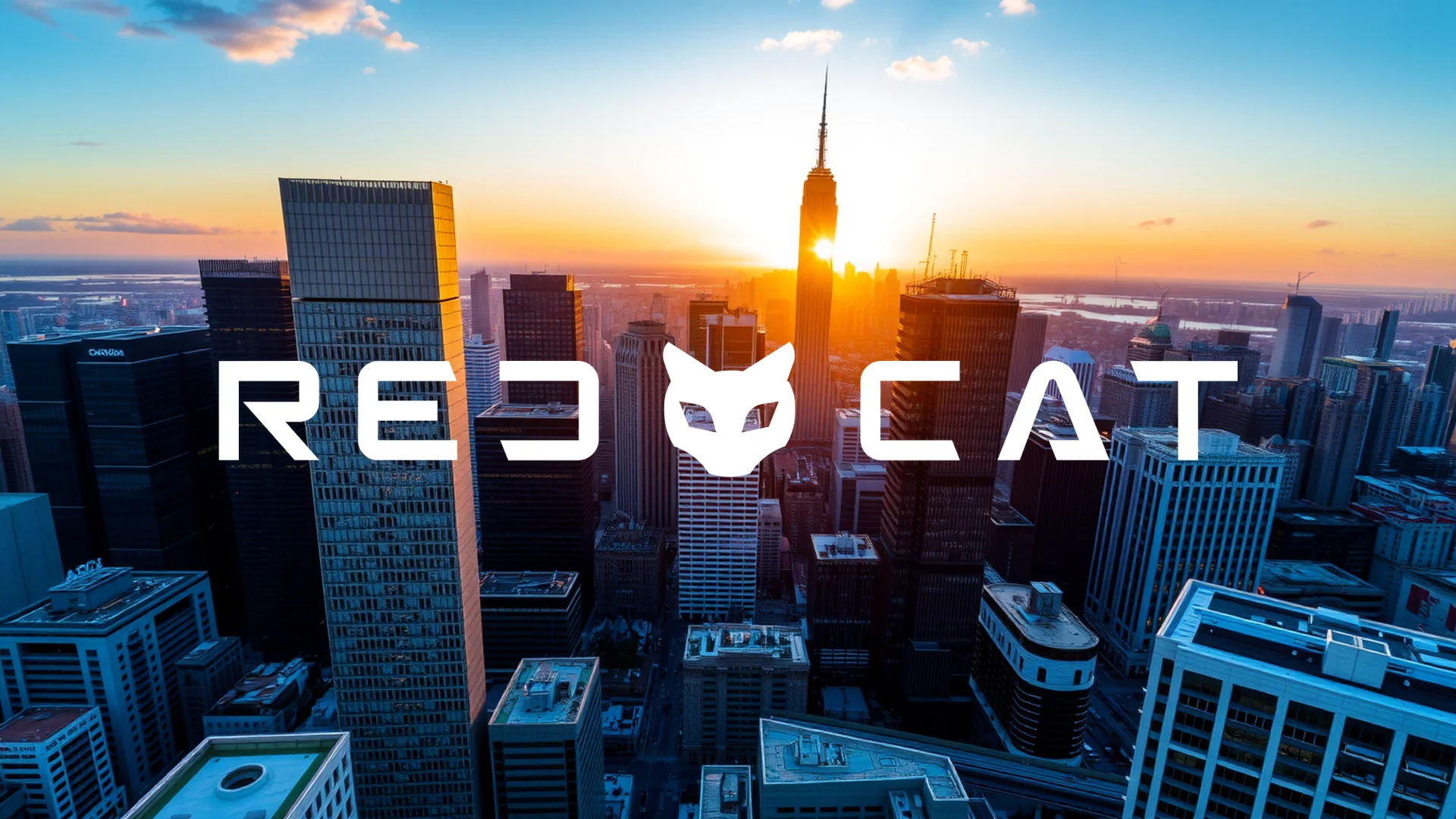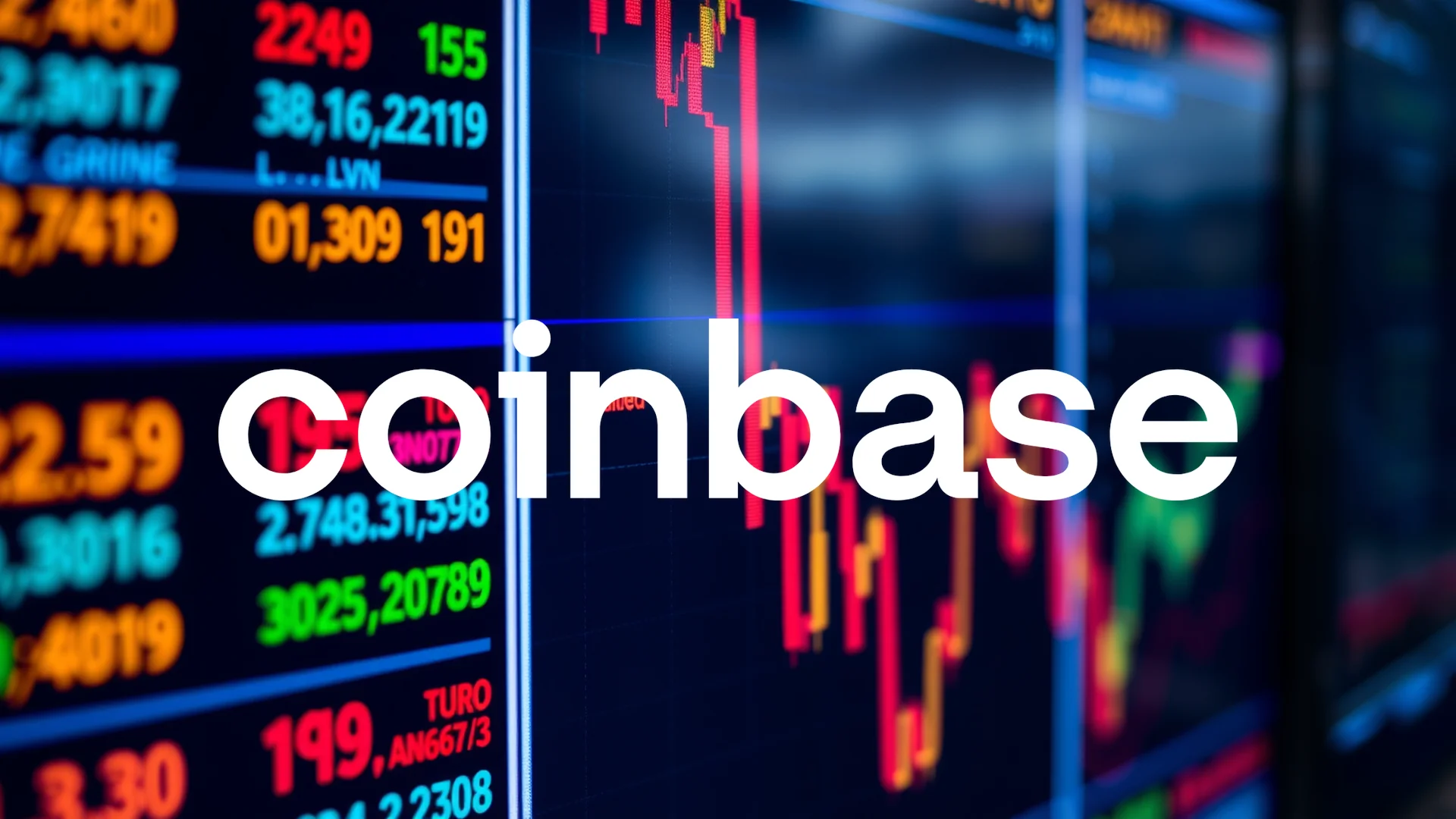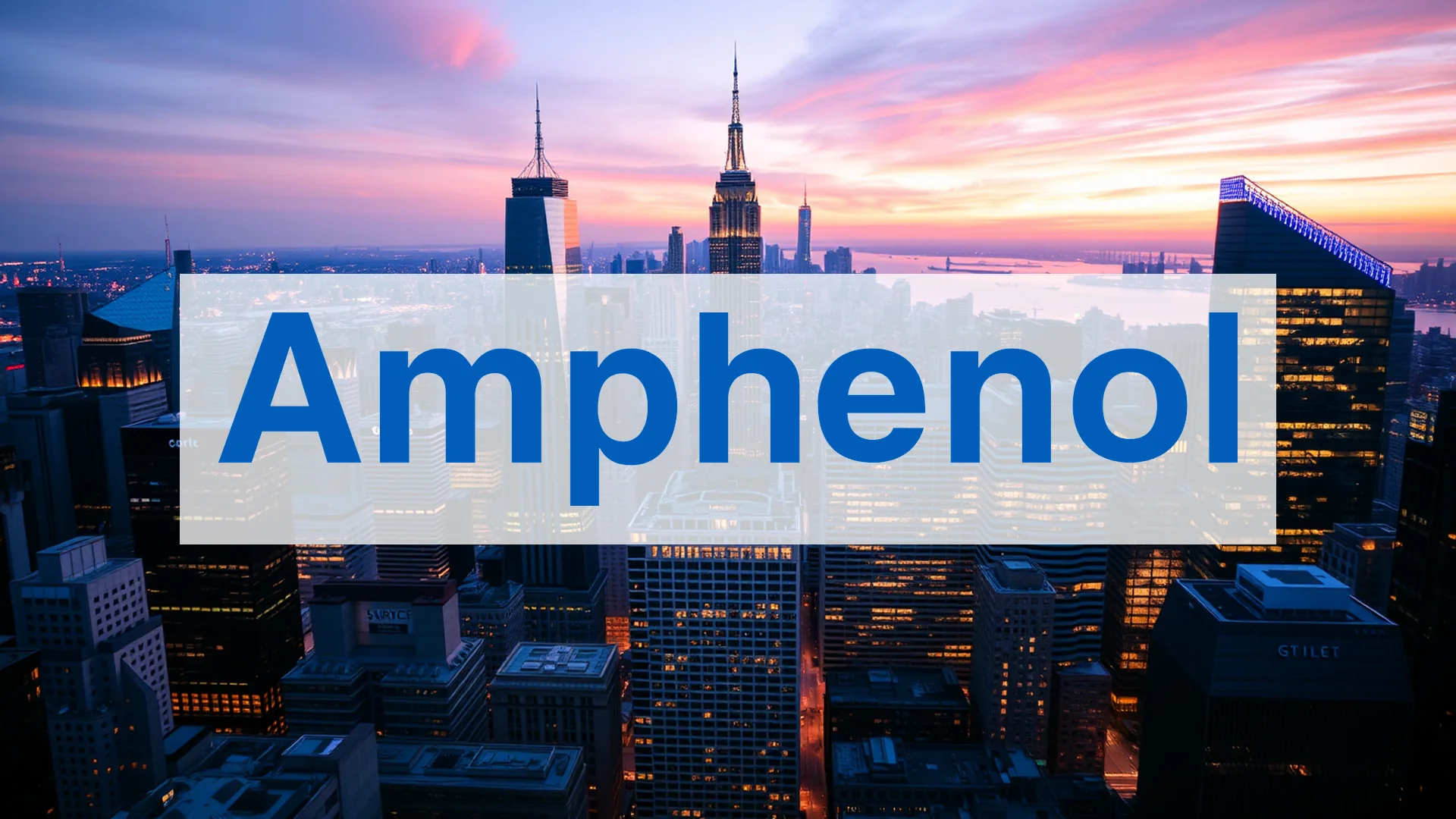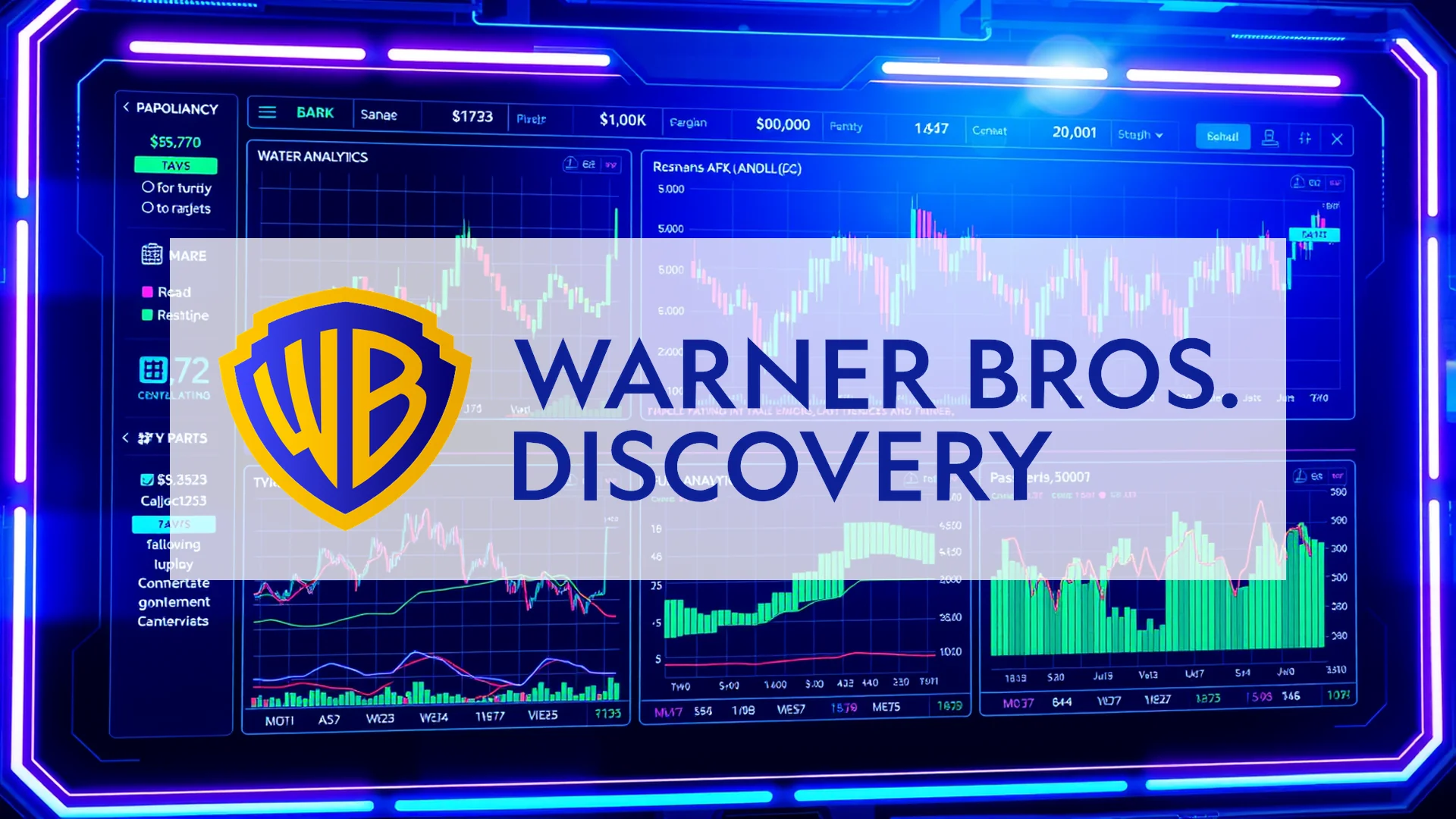A dormant Cardano wallet that had been inactive for half a decade suddenly sprang to life, resulting in a staggering $6.2 million loss when its owner attempted to liquidate a massive position. This incident has exposed critical liquidity challenges within the Cardano ecosystem, raising questions about network stability during periods of significant market movement.
Massive Slippage Wipes Out Millions
On November 17, 2025, a dramatic transaction unfolded on the Cardano blockchain that laid bare the platform’s vulnerability to large-scale trades. A whale address that had shown no activity for five years exchanged 14.45 million ADA tokens, valued at approximately $7.08 million, for USDA stablecoins.
The operation encountered severe liquidity constraints in the USDA market, with the wallet receiving only 847,694 USDA tokens in return. This represented a devastating loss of roughly $6.2 million attributable entirely to slippage. Market observers view this event as a stark demonstration of what occurs when major investors attempt to exit positions through illiquid decentralized finance markets.
While some analysts interpret the transaction as a potential capitulation signal, the episode also paradoxically highlights increasing adoption of Cardano’s native stablecoin infrastructure—even under extremely unfavorable trading conditions.
Strong Network Metrics Contrast With Price Performance
Despite price pressure that has pushed ADA toward its annual lows around $0.50, Cardano’s underlying network health appears robust. Third-quarter 2025 statistics reveal substantial growth across key metrics:
Should investors sell immediately? Or is it worth buying Cardano?
- Daily active addresses increased by 19.2% quarter-over-quarter
- Daily transactions rose by 15.7%
- DeFi Total Value Locked (TVL) reached a three-year high, climbing 28.7%
- Leading protocols including Liqwid and Minswap drove this expansion
Technical development continues advancing steadily. The network has implemented zero-knowledge smart contracts using the Halo 2 zkSNARK system, while the Hydra scaling solution shows measurable progress. During the Cardano Summit in Berlin (November 12-13), the Cardano Foundation unveiled a new stablecoin initiative, and EMURGO’s partnership with Wirex launched the first Cardano card operating through the Visa network.
Market Divisions: Technical Patterns and Sentiment Indicators
Traders appear divided on Cardano’s near-term prospects. Technical analysts have identified a falling wedge formation that could indicate upward potential if ADA breaks above $0.60. Conversely, failure to maintain current levels might test support between $0.42 and $0.45.
The Crypto Fear & Greed Index registers an extremely fearful reading of 24 points, which historically has often served as a contrarian indicator. Trading volume remains elevated at over 800 million tokens daily, suggesting intense market participation.
Cardano’s emphasis on regulatory compliance and its academically-grounded development approach continue attracting institutional interest. Enterprise-focused projects in digital identity and supply chain management demonstrate practical applications extending beyond pure speculation.
The crucial question remains whether Cardano can convert its technical achievements into sustainable price appreciation, or whether resolving DeFi sector liquidity issues must precede any significant ADA recovery.
Ad
Cardano Stock: Buy or Sell?! New Cardano Analysis from November 17 delivers the answer:
The latest Cardano figures speak for themselves: Urgent action needed for Cardano investors. Is it worth buying or should you sell? Find out what to do now in the current free analysis from November 17.
Cardano: Buy or sell? Read more here...













